DATA SOURCE(S): 1,5,14
Common Name(s): Bosse, Nigerian pearwood, light guarea
Scientific Name: Leplaea cedrata (formerly Guarea cedrata)
Distribution: West and Central Africa
Tree Size: 100-150 ft (30-46 m) tall,
3-4 ft (1-1.2 m) trunk diameter
Average Dried Weight: 37 lbs/ft3 (600 kg/m3)
Specific Gravity (Basic, 12% MC): 0.48, 0.6
Janka Hardness: 940 lbf (4,190 N)
Modulus of Rupture: 14,960 lbf/in2 (103.2 MPa)
Elastic Modulus: 1,582,000 lbf/in2 (10.91 GPa)
Crushing Strength: 7,910 lbf/in2 (54.5 MPa)
Shrinkage: Radial: 4.4%, Tangential: 6.7%,
Volumetric: 11.2%, T/R Ratio: 1.5
Color/Appearance: Heartwood initially a pale pinkish brown, darkening with age to a more golden to medium brown. Pale yellowish sapwood is well defined. Can be highly figured, with grain patterns such as pommele being sought after in veneer form.
Grain/Texture: Grain can be straight, interlocked, wavy, or anything in between. (Veneer sheets also exhibit a wide range of grain patterns.) Texture is medium to fine, with a good natural luster.
Rot Resistance: Heartwood ranges from moderately durable to very durable regarding decay resistance. Bosse also has fair resistance against insect attacks and has good weathering characteristics.
Workability: Results may vary depending upon the grain of the wood: interlocked and/or quartersawn pieces can pose a difficulty planing, with tearout being common. Silica is present in this wood, causing cutting edges to blunt and dull at an increased rate. Glues, turns, and finishes well.
Odor: Bosse can have a distinct, cedar-like odor while being worked.
Allergies/Toxicity: Although severe reactions are quite uncommon, bosse has been reported as a sensitizer. Usually most common reactions simply include eye, nose, throat, and skin irritation, as well as a number of other effects, such as asthma-like symptoms, nausea, and headaches. See the articles Wood Allergies and Toxicity and Wood Dust Safety for more information.
Pricing/Availability: Usually available as figured veneer. Prices for Bosse will depend greatly on grain patterning and intensity. Overall, expect prices to be very high for strongly figured pieces of quilted or pommele veneer, with curly figure or weaker patterns in the mid to upper price range for an imported veneer.
Sustainability: This wood species is not listed in the CITES Appendices, but is on the IUCN Red List. It is listed as vulnerable due to a population reduction of over 20% in the past three generations, caused by a decline in its natural range.
Common Uses: Veneer, furniture, cabinetry, inlay, flooring, boatbuilding, and turned objects.
Comments: Bosse is one of a handful of commercial hardwoods in the Meliaceae family that can have a mahogany-like appearance. Bosse veneer, in its multitudinous grain patterns, can bear a strong resemblance to sapele (Entandrophragma cylindricum)—another hardwood in the Meliaceae family with veneer that can exhibit very strongly figured grain patterns.
The closely related Leplaea thompsonii is sometimes mixed with L. cedrata and sold interchangeably as bosse, though the former species tends to be slightly heavier and darker, and is sometimes called dark guarea to help distinguish it from its lighter-colored ilk.
Images: Drag the slider up/down to toggle between raw and finished wood. The first sample has rift sawn grain, while the second shows grain patterns that are close to flatsawn.
A special thanks to Steve Earis for providing a wood sample (veneer) of this wood species.
Identification: See the article on Hardwood Anatomy for definitions of endgrain features.
Porosity: diffuse porous
Arrangement: solitary and radial multiples
Vessels: large, few, dark reddish brown heartwood deposits occasionally present
Parenchyma: winged, confluent, and banded
Rays: narrow width; normal spacing
Lookalikes/Substitutes: Bosse can be confused with both sapele (Entandrophragma cylindricum) and African mahogany (Khaya spp.). However, African mahogany can be easily separated from the other two from its lack of banded parenchyma. Sapele can be more difficult to distinguish, but can usually be separated by its slightly wider and less numerous rays, darker color, and heavier weight (though the last two characteristics aren’t useful when considering Leplaea thompsonii since it tends to be darker and heavier than L. cedrata).
Notes: None.
The species currently in the Leplaea genus were all formerly contained within Guarea, until a total of seven species (including two newly described species) were placed into the reinstated Leplaea genus.[1]Koenen, E. J., & de Wilde, J. J. (2012). A taxonomic revision of the reinstated genus Leplaea and the newly recognized genus Neoguarea (Meliaceae, Sapindales): the exclusion of Guarea from … Continue reading
Related Content:
References[+]
| ↑1 | Koenen, E. J., & de Wilde, J. J. (2012). A taxonomic revision of the reinstated genus Leplaea and the newly recognized genus Neoguarea (Meliaceae, Sapindales): the exclusion of Guarea from Africa. Plant Ecology and Evolution, 145(2), 209-241. |
|---|

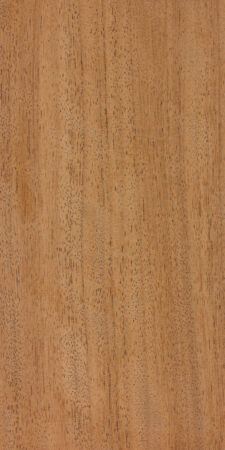
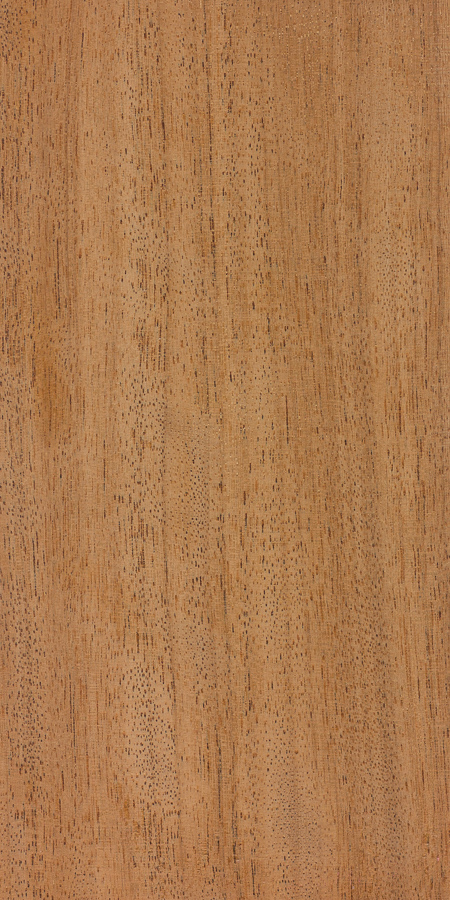
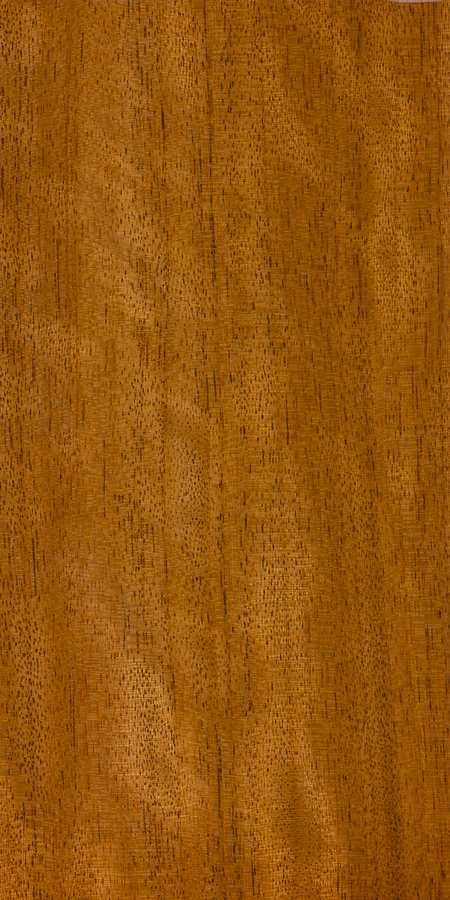
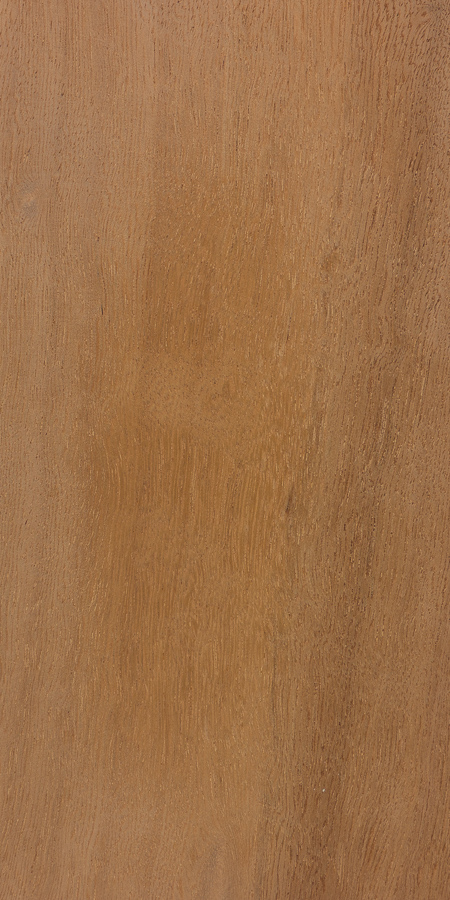
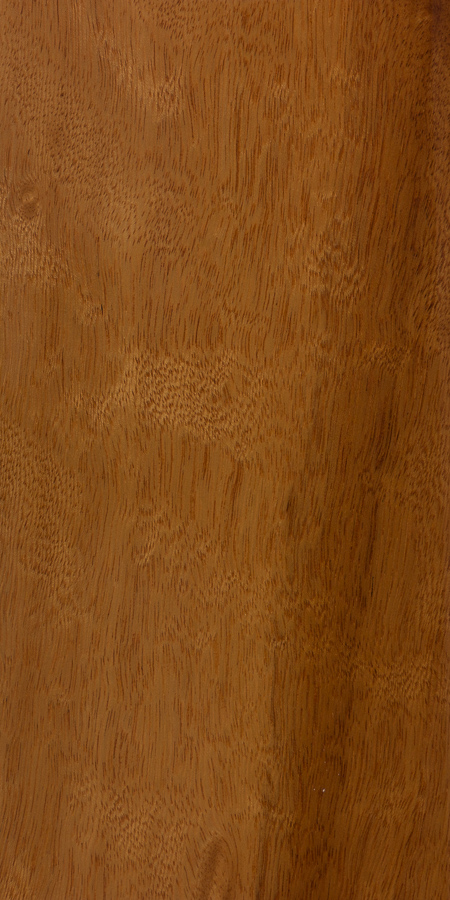
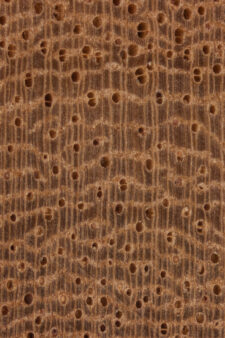

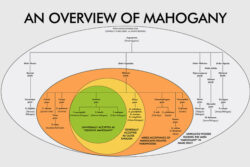


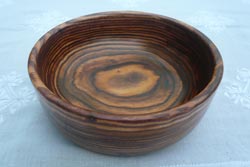



In spain it’s oftenly sold as spanish cedar, with linseed oil the colour changes from pale pink to a very nice red-orange and as it touches the water it goes to a very nice orange